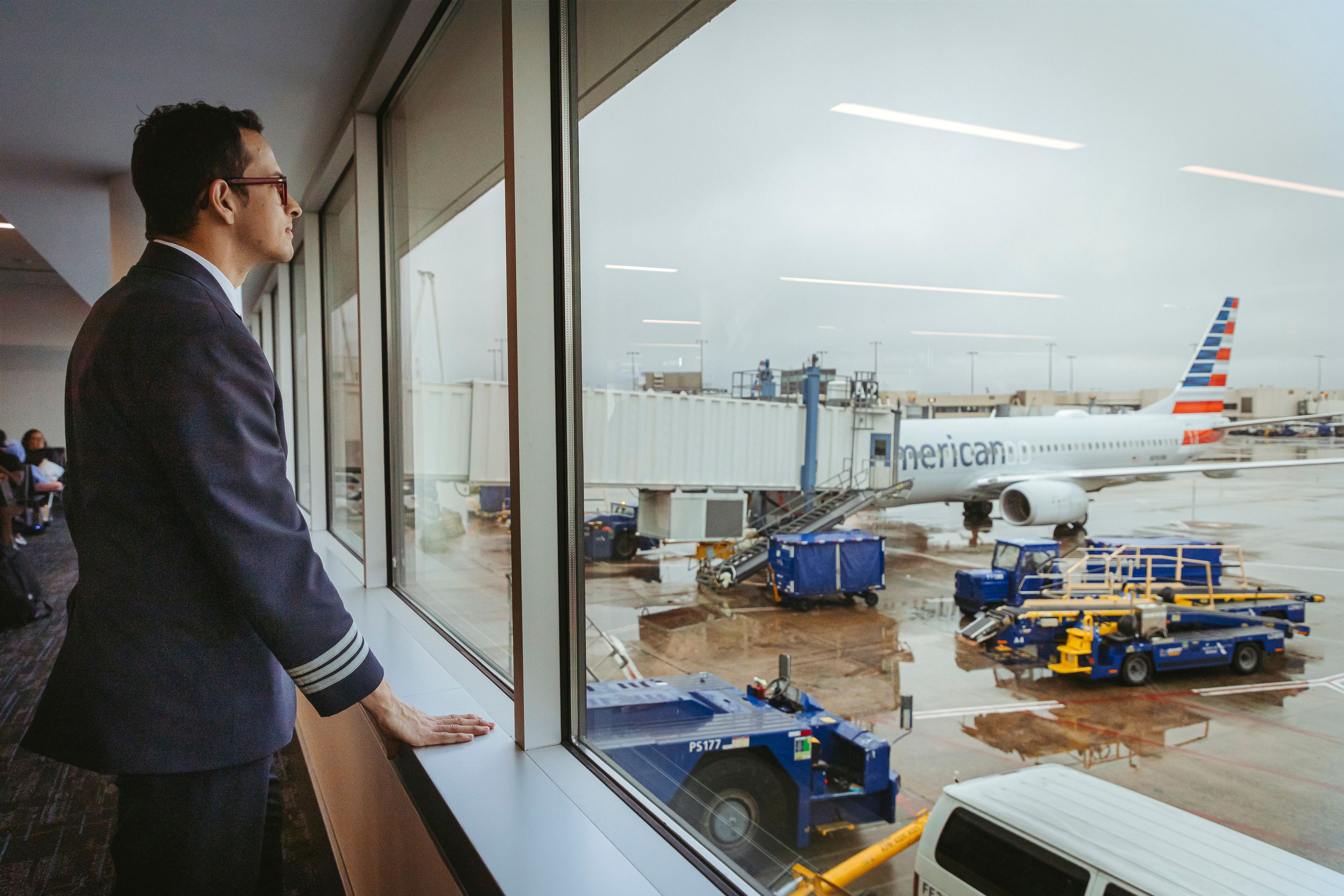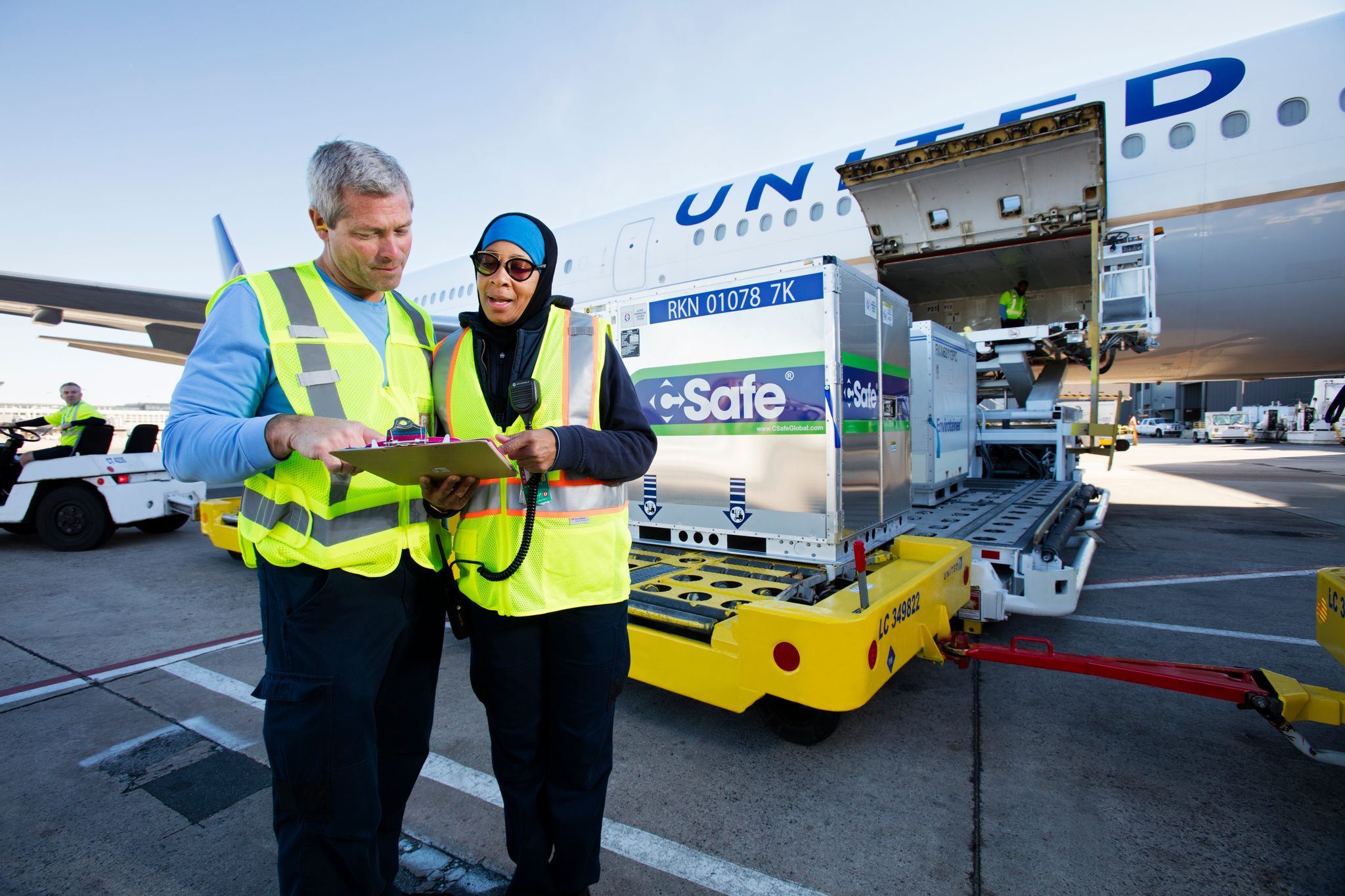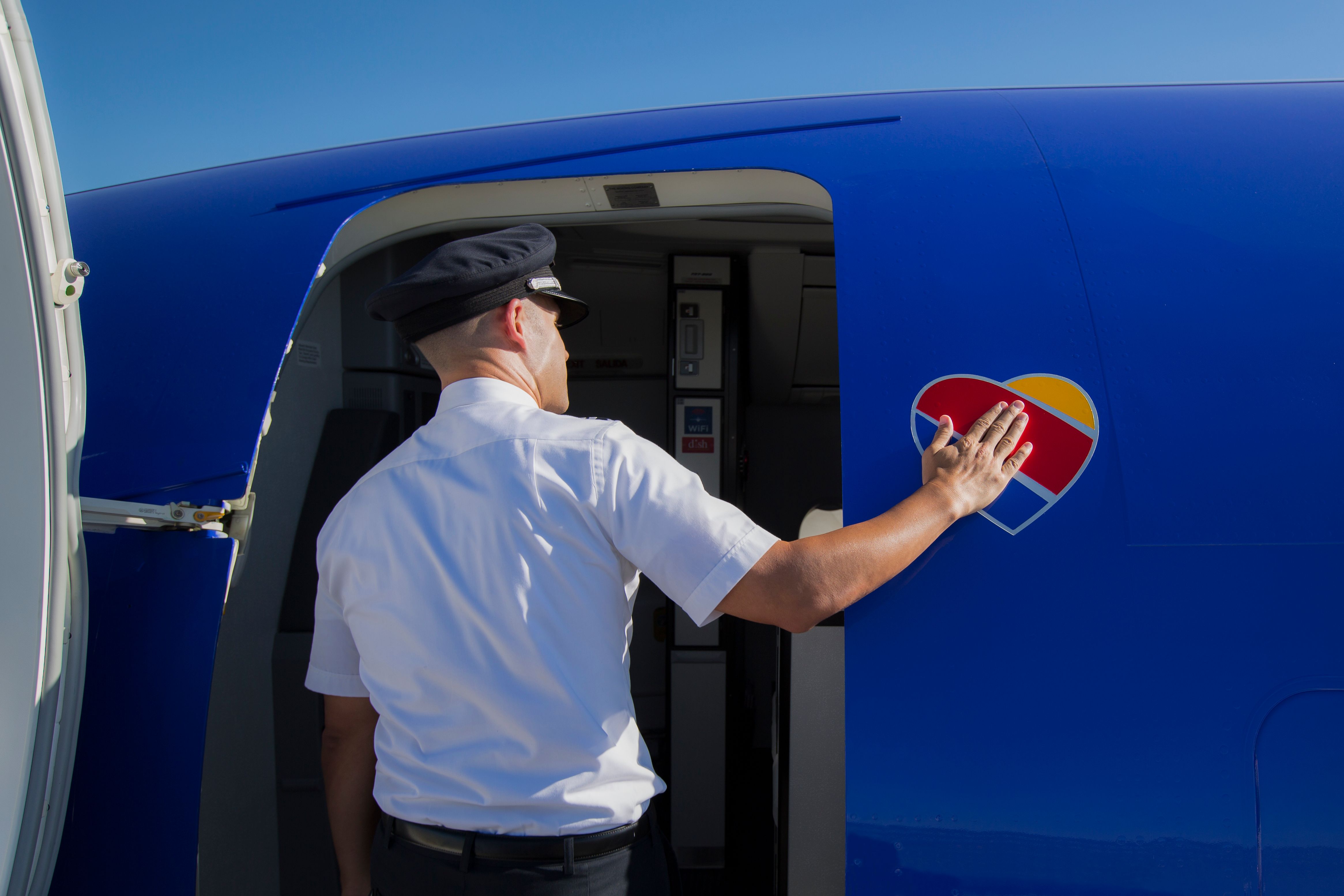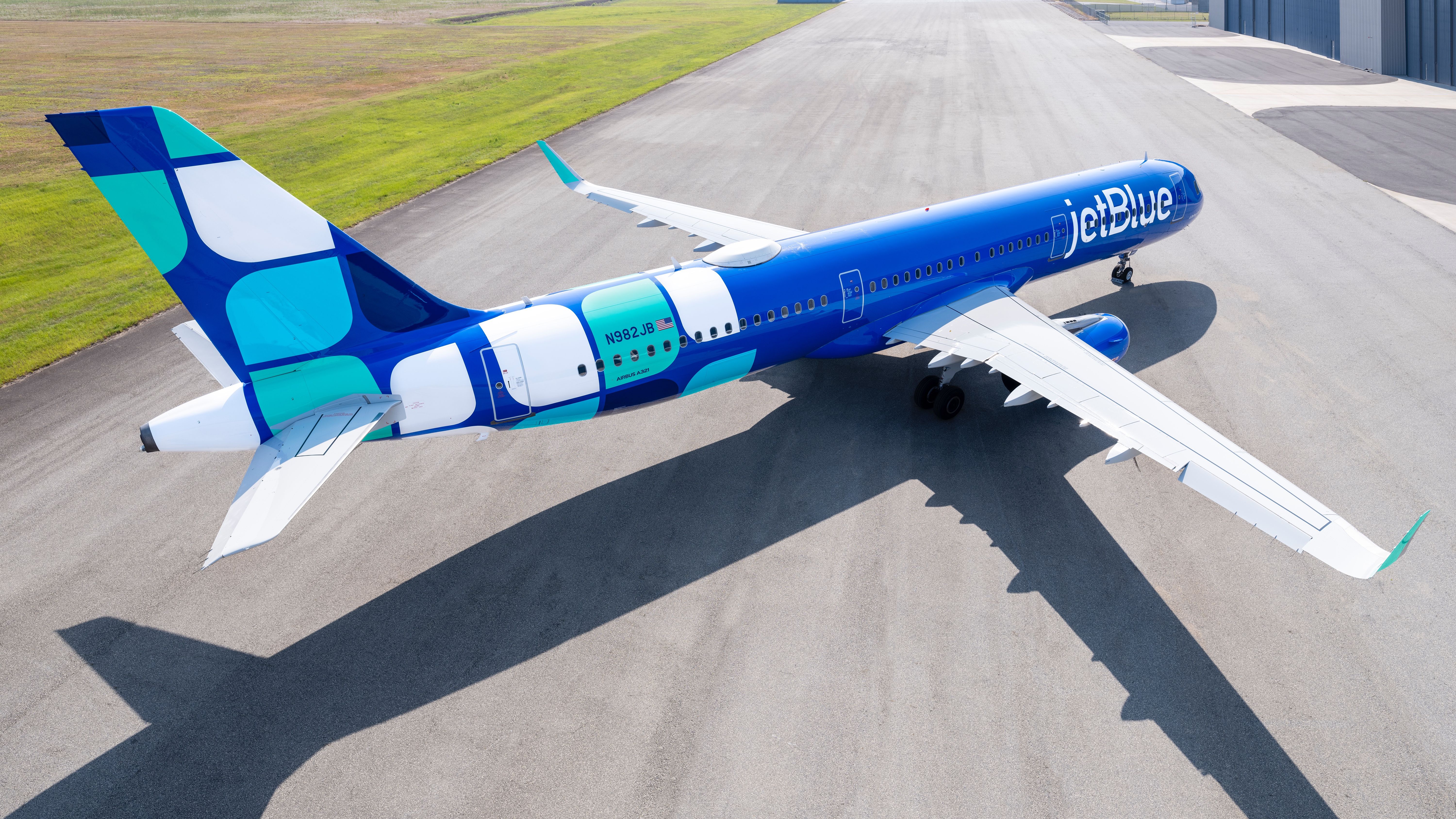There are various methods of analyzing an airline’s economic impact, such as their annual revenue or number of passengers carried, but employment figures are another vital consideration. For the carriers in our list of the top carriers by workforce size, employment numbers help tell the story of how each airline has evolved.
1
American Airlines
Number of employees: 132,100
- Full-time employees: 102,500
- Part-time employees: 29,600
The size of the carrier’s workforce has fluctuated dramatically over the decades, well over 100,000 in the early 2000s, but hovered around 63,000 in the early 2010s as the economic downturn in the US continued to reduce demand in the travel industry.
Photo: American Airlines
However, America Airlines’ workforce jumped to nearly 103,000 in the second half of 2015 after the Federal Aviation Administration (FAA) awarded American Airlines and US Airways a single operating certificate.
In a Securities and Exchange Commission (SEC) filing during the merger, American Airlines touted the benefits to employees from consolidation, including that both operators’ labor unions arrived at agreements to partner on combined contracts. The US Airways brand was discontinued in October 2015.
2
United Airlines
Number of employees: 103,300
- Full-time employees: 85,153
- Part-time employees: 18,147
Like American, United’s historical workforce numbers shed light on significant company events. The airline employed close to 102,000 people in early 2001, but there was an immediate decline of about 20,000 following the terrorist attacks of September 11, 2001. United filed for bankruptcy in December 2002; it operated approximately 20% of all domestic flights.
Photo: United Airlines
Employees owned 55% of the company, but labor reductions were part of the bankruptcy restructuring process. Employment steadily declined to about 46,000 toward the close of 2011. Then, United merged with Continental Airlines. The FAA awarded the carriers a single operating certificate in late 2011. Beginning in 2012, United’s workforce increased by over 40,000.
3
Delta Air Lines
Number of employees: 100,000
- Full-time employees: 99,504
- Part-time employees: 496
Notably, the carrier reduced its part-time staff from about 2,000 to nearly 500 in 2022, a move likely correlated to schedule reductions.
Photo: Delta Air Lines
In 2009, Delta employed approximately 53,000 staff, but the workforce increased to over 80,000 at the beginning of 2010. The change coincides with the airline’s merger with Northwest Airlines, which was announced in 2008 as both carriers were experiencing steep revenue losses during the US economic downturn. At the close of 2009, the FAA awarded a single operating certificate to Delta and Northwest, and the Northwest brand was discontinued in 2010.
4
Southwest Airlines
Number of employees: 72,007
- Full-time employees: 70,590
- Part-time employees: 1,417
Low-cost carrier Southwest Airlines comes in fourth on the list with 72,007 employees. The airline employs 70,590 full-time and 1,417 part-time staff. Its workforce increased from about 39,000 in the first quarter of 2012 to nearly 47,000 in April 2012. The expansion can be attributed to the airline’s acquisition of AirTran in 2011.
Photo: Southwest Airlines
By acquiring AirTran, Southwest gained 21 cities to its network, seven of which were in international markets. The airline worked to integrate AirTran’s operations in Atlanta, Georgia, so that the business ran similarly to its focus cities in the rest of the country. This strategic acquisition helped position the carrier as one of the largest airlines with staying power in the US market.
5
JetBlue
Number of employees: 23,603
- Full-time employees: 19,272
- Part-time employees: 4,331
JetBlue rounds out our list with 23,603 employees, 19,272 full-time and 4,331 part-time. JetBlue’s story differs from that of the other operators on the list because it is comparably newer to the industry. The airline burst onto the scene under the name “NewAir” in 2000 with a staff of 450. Headquartered in New York, it entered service with East Coast routes.
NewAir aimed to provide another low-fare option for travelers, but with an advanced experience that would set it apart from existing budget carriers. This included offering inflight entertainment like satellite radio and television at every seat.
Photo: JetBlue
JetBlue was one of the few US airlines to profit even after the decrease in air travel demand following September 11, 2001. The carrier’s employment numbers have steadily grown since it began operating, including during the lengthy economic recession that started in 2008.
Employment data for this list was pulled from the US Department of Transportation Bureau of Transportation Statistics and was current as of June 2023. US cargo and passenger airlines added nearly 2,000 jobs in June, an increase of about eight % over the same period in pre-pandemic 2019. Close to 802,000 total employees were in the airline industry as of June 2023.
This list focuses on passenger airlines, but the operator with the largest staff is Federal Express, with 251,096 total personnel.






